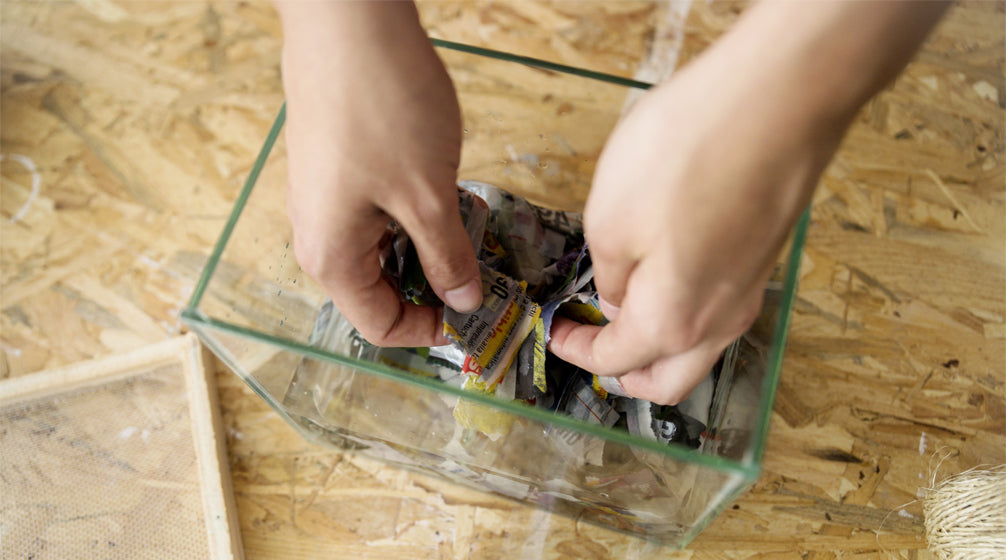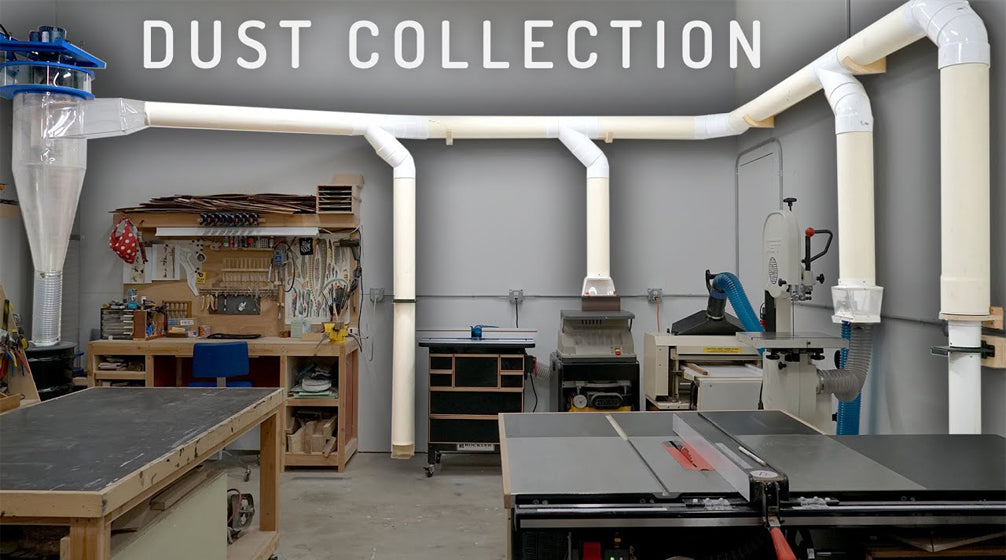When embarking on do-it-yourself (DIY) projects, managing dust isn’t just about keeping your workspace clean; it’s also a crucial aspect of maintaining your health and ensuring the longevity of your tools and projects.
Dust can be more than just a nuisance—it can pose serious health risks and affect the quality of your work. From woodworking to painting, different projects generate varying amounts of dust, each with its own challenges.
This guide will explore effective strategies for minimizing dust generation and exposure. We'll cover everything from selecting the right tools and materials to implementing robust dust control systems and maintaining a clean and safe environment.
Whether you're a seasoned DIY enthusiast or a beginner, these tips will help you manage dust more effectively, enhancing both safety and efficiency in your creative endeavors.
Types of DIY Projects Prone to Dust Generation
DIY projects vary widely, but some are particularly prone to generating dust, which can be a nuisance and a health hazard. Here are several types of DIY projects where dust generation is a common concern:

Woodworking: Woodworking projects are major culprits when it comes to dust generation. Activities such as sawing, sanding, and routing wood produce a significant amount of wood dust. The finer the wood particles, the more pervasive the dust can become, filling the air and settling on every surface.
Metalworking: Metalworking involves cutting, grinding, and welding, each generating metallic dust and particles. Depending on the type of metal and the process used, these particles can vary in size from large chips to fine metallic dust.
Painting and Plastering: Though not always associated with "dusty" work, painting and plastering can generate substantial dust. The preparation processes, such as sanding surfaces and mixing plaster, release fine particles that are particularly difficult to contain into the air.
Health Risks Associated with Dust
Exposure to dust during DIY projects can pose several health risks, including respiratory problems, skin and eye irritation, and more severe conditions like asthma or allergic reactions. Some types of dust, like silica and certain metals, can be particularly harmful, leading to long-term health issues such as silicosis or lead poisoning.
How to Minimize Dust in Your DIY Projects
Minimizing dust in your DIY projects makes the work environment more pleasant and protects your health. Here are effective strategies you can employ to control and reduce dust during your projects:

Preparation Before Starting the Project
Before starting any DIY project, proper preparation can significantly help minimize dust and manage its spread. Here’s how you can effectively prepare:
Choosing a Suitable Workspace: The right workspace is critical for minimizing dust exposure and making cleanup easier.
Ventilation Considerations: Proper ventilation is crucial in any DIY project to help disperse dust and maintain a safe breathing environment. This might involve using fans, opening windows, or installing a more sophisticated ventilation system.
Ease of Cleaning: Choosing a workspace that is easy to clean can significantly reduce the labor involved in post-project cleanups. Surfaces that are smooth and free of clutter allow for easier dust removal and prevent the accumulation of dust in hard-to-reach areas.
Selecting the Right Tools and Materials
Choosing the right dust minimization tools is crucial for a cleaner and safer workspace.
Protective Gear
Using appropriate protective gear is essential when dealing with dust in DIY projects to safeguard your health and prevent long-term complications. Here’s a breakdown of the necessary protective equipment:
Masks: Proper respiratory protection is crucial in dusty environments. Masks and respirators should be chosen based on the type of dust and the extent of exposure. For example, disposable dust masks may be sufficient for light wood dust, but projects involving fine particulates like drywall or silica dust require particulate respirators such as N95 masks or P100 filters to provide adequate protection.
Goggles: Eye protection is necessary to safeguard against dust that can cause severe eye irritation or damage. Goggles should seal against the face to prevent particles from entering around the sides. Additionally, anti-fog features can help maintain clear vision throughout the use, which is especially important in environments where temperature variations and physical activity can cause lenses to fog.
Protective Clothing: Long sleeves, pants, and coveralls can prevent dust from settling on skin and personal clothing. Disposable or washable protective garments are advisable to avoid the transfer of dust to other areas, such as homes or vehicles. Protective clothing should be comfortable and not restrict movement, ensuring it is consistently worn.

Dust Minimization Techniques During the Project
Implementing effective dust minimization techniques during your DIY projects can significantly reduce the amount of airborne particles and help maintain a cleaner, healthier work environment. Here are several strategies to consider:
Integrated Dust Collection in Tools
Integrated dust collection systems capture dust at the point of creation, directly linking to a dust extraction unit or shop vacuum. This setup is highly effective as it traps dust before it can disperse into the air, significantly reducing the quantity of airborne particles.
 Image source: mavink.com
Image source: mavink.comStandalone Dust Collectors
Standalone dust collectors can be crucial for workshops or larger project areas. These systems handle a larger volume of air and dust, filtering fine particles and returning clean air back into the environment. They are particularly useful in settings where multiple tools or large-scale operations produce substantial amounts of dust.
Wet Methods Using Water to Keep Dust Down
This method is applicable primarily in masonry or metal grinding, where water can be applied to the cutting or grinding surface to prevent dust from rising. It is effective in controlling silica and other hazardous dust.
Hanging Air Filtration System
This air filtration system is an option for further removing suspended particles in the air, with a filtering capability down to 1 micron. Suitable for smaller and medium spaces, it is priced lower and is economical.
Regular Cleaning Intervals Vacuuming During Breaks
Implementing regular cleaning breaks during projects can control dust accumulation. Using a vacuum with a HEPA filter can efficiently remove dust particles without recirculating them into the air.
Proper Disposal of Collected Dust
Collected dust should be disposed of in sealed bags or containers to prevent it from becoming airborne again. This is particularly important for toxic or hazardous dust, which can pose environmental or health risks if not handled correctly.
Conclusion
Managing dust in DIY projects requires carefully considering the tools, materials, and techniques. By implementing effective dust control measures, regular cleaning practices, and health monitoring, DIY enthusiasts can ensure their projects are successful and safe from the hazards of dust exposure. This holistic approach to dust management underscores the importance of safety in maintaining a sustainable and enjoyable DIY practice.

